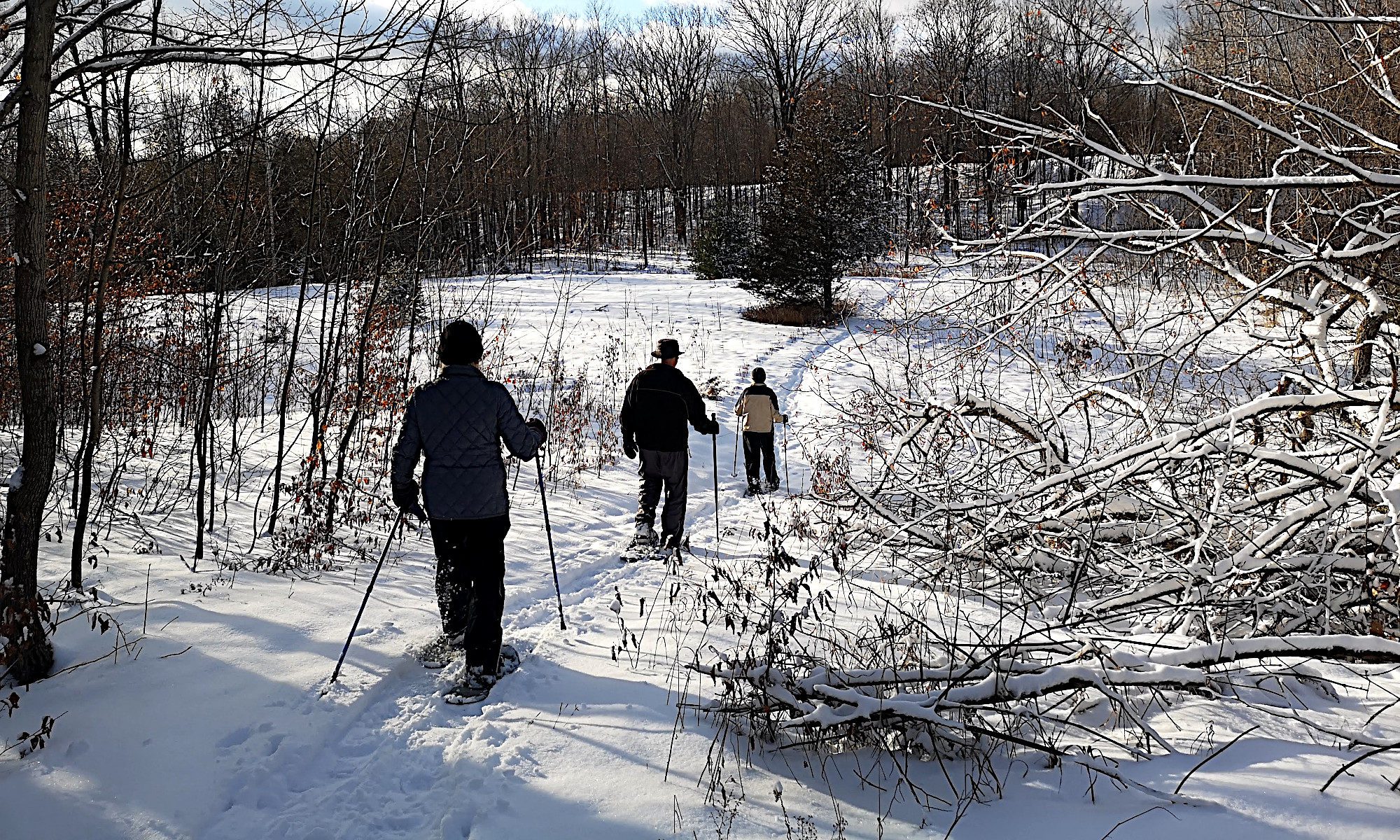
From Adam Mastroianni at Experimental History: “There’s something very weird about the timeline of scientific discoveries. For the first few thousand years, it’s mostly math. The Greeks had the beginnings of trigonometry by ~120 BCE. Chinese mathematicians figured out the fourth digit of pi by the year 250. In India, Brahmagupta devised a way to “interpolate new values of the sine function” in 665. Meanwhile, we didn’t discover things that seem way more obvious until literally a thousand years later. It’s not until the 1620s, for instance, that English physician William Harvey figured out how blood circulates through animal bodies by, among other things, spitting on his finger and poking it into the heart of a dead pigeon. We didn’t really understand heredity until Gregor Mendel started gardening in the mid-1800s, and we didn’t really grasp the basics of learning until Ivan Pavlov started feeding his dogs in the early 1900s.”
The MacArthur Genius who discovered that COVID transmission was airborne
From Gabriel Spitzer for NPR: “To understand why the MacArthur Foundation singled out Linsey Marr for one of this year’s fellowships – the so-called “genius grants” – you have to go back to the first days of the COVID-19 pandemic. The early guidance from health experts emphasized washing hands and keeping six feet from others with no recommendation to wear masks or avoid gathering indoors. Linsey Marr, an aerosols expert and professor of civil and environmental engineering at Virginia Tech, became convinced that advice was based on a flawed idea of how respiratory viruses spread. Her groundbreaking research and tireless advocacy showed that the virus is airborne as opposed to traveling in large droplets that fall with gravity. That work helped lead to a course correction in the public health guidelines and likely saved lives.”
Note: This is a version of my personal newsletter, which I send out via Ghost, the open-source publishing platform. You can see other issues and sign up here.
Continue reading “Why did some discoveries take so much longer than others?”












